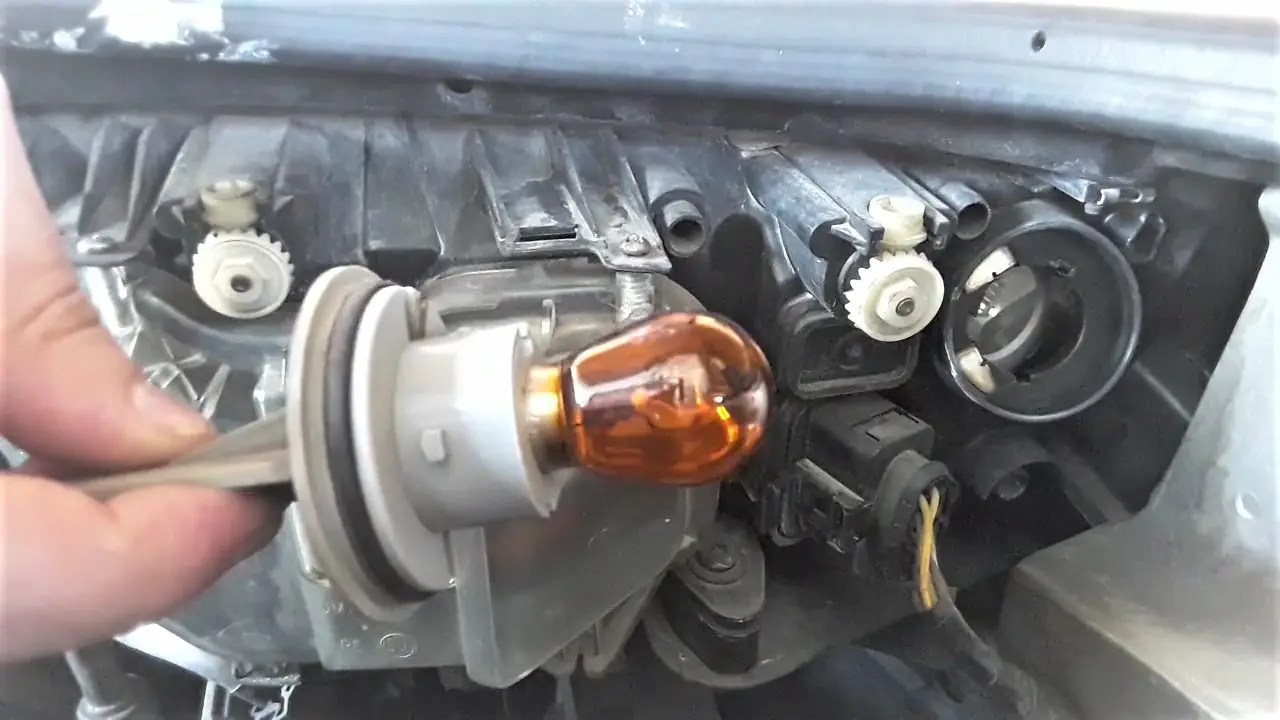Picture this: you’re driving down a dimly lit road on a cool evening, confident in your vehicle’s ability to steer you safely to your destination. Suddenly, you realize your turn signal is flickering. The thought lingers for a moment, but you dismiss it because, after all, it’s a minor inconvenience—until the next time you try to turn. In that instant, the world around you shifts. What if that turn signal failed to communicate your intention? The reality of driving is intricately tied to your vehicle’s signals, and when they falter, so too does your sense of safety. Understanding how to change a turn signal bulb can empower you, transforming a simple maintenance task into a gesture of responsibility.
The Importance of Functional Turn Signals
Turn signals are more than just a part of your vehicle; they are essential communicators on the road. They provide vital information to other drivers—indicating your next move. Functional turn signals foster safer roads, reducing the likelihood of accidents. Unfortunately, wear and tear can cause these bulbs to dim or go out entirely. When that happens, the risk escalates, and not just for you but for everyone around you. Imagine a world where drivers can depend on reliable indicators, making our roads much more harmonious. This is where a little effort goes a long way, and understanding how to change a turn signal bulb can be both enlightening and empowering.
Recognizing the Signs
Before you embark on the journey to replace a turn signal bulb, it’s essential to recognize the signs indicating a need for replacement. A turn signal that blinks faster than usual is often a telltale sign. This rapid blinking is your vehicle’s way of telling you that one of its bulbs has failed. Similarly, if you notice a bulb that is dim or completely nonfunctional when activated, it’s time to roll up your sleeves. Ignoring these signs is not just negligent; it can lead to potential mishaps, stressing the importance of vigilance in vehicle maintenance.
Gathering Your Tools
Preparation is crucial. Before you even consider changing a bulb, ensure you have all necessary tools within arm’s reach. You’ll typically need the following:
- Replacement Bulb: Check your vehicle manual for the specific bulb type to ensure compatibility.
- Screwdriver: A flathead or Phillips screwdriver may be required, depending on your car make.
- Gloves: These prevent oil from your skin from touching the bulb, which can cause premature burnout.
- Towel or Cloth: For cleaning and protecting your vehicle during the process.
Equipped with your tools, you’re now poised to conquer what might seem like a daunting task.
Steps to Change a Turn Signal Bulb
Now, let’s delve into the step-by-step process of changing that turn signal bulb. Each step requires meticulous attention, but the outcome will be worth it.
- Locate the Bulb Housing: Open your vehicle’s hood and identify the area where your turn signal is positioned. This may vary between makes and models, so consult your manual if needed.
- Remove the Lens Cover: Using your screwdriver, carefully unscrew or pry off the lens cover. Be cautious of plastic clips that could break. Setting these pieces aside gently may save you headaches in the long run.
- Disconnect the Wiring Harness: Gently pull the wiring harness free to detach it from the bulb yet ensure you don’t damage any connectors.
- Replace the Bulb: Twist the old bulb counterclockwise to remove it. Insert the new bulb by twisting it clockwise until secure. Remember not to touch the glass of the bulb with your fingers; use those gloves!
- Reattach Everything: Secure the wiring harness back in place, snap the lens cover on, and replace any screws. Ensure everything feels tight and secure, preventing water from seeping in.
- Test the New Bulb: Before closing the hood, activate your turn signal to verify that the new bulb is functioning correctly.
With these few straightforward steps, you’ve transformed an ordinary maintenance task into a small victory.
Post-Replacement Considerations
Having replaced the bulb, it’s worthwhile to take a moment to reflect on your handiwork. Regular self-maintenance can forge a deeper connection with your vehicle, and every successful repair enhances your confidence on the road. Consider keeping a log of maintenance tasks for future reference, not only for your own vehicle but as a shared resource for family or friends. Remember, what you learned today may empower someone else tomorrow.
In addition, consider advising fellow drivers when you notice their turn signals faltering; it creates a culture of care on the road. Maintaining open communication can reduce the chances of accidents and fosters a sense of community among drivers.
Conclusion
In the grand tapestry of driving, the humble turn signal bulb plays a critical role. Changing it may seem like a mundane chore, but it’s a testament to our commitment to safety and communication on the road. As you cruise through life, empowered by the knowledge of how to change that bulb, you become a part of a larger movement toward responsible ownership and vigilant driving. So, the next time a flicker catches your eye, remember: a little effort can go a long way towards making the road a safer place for you and others.
